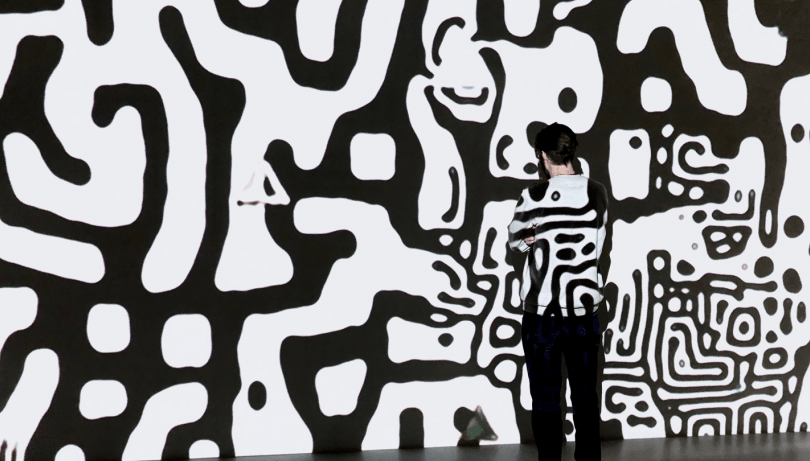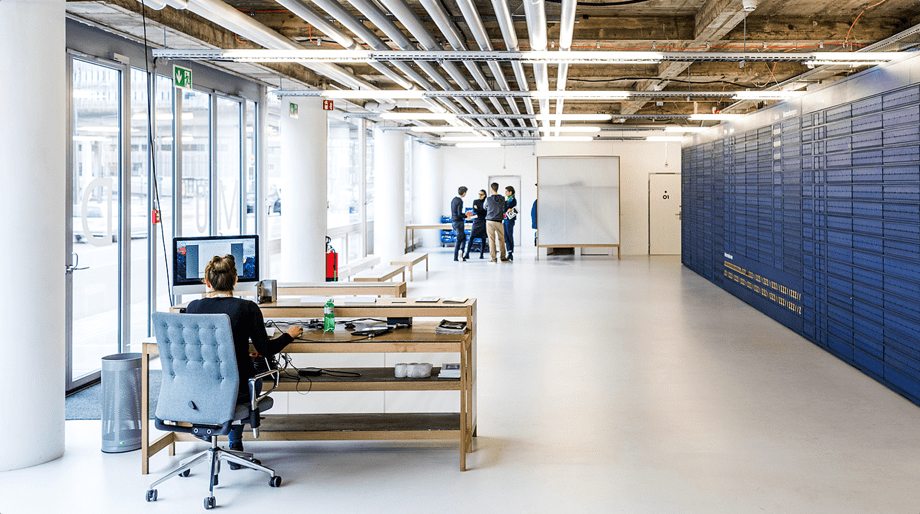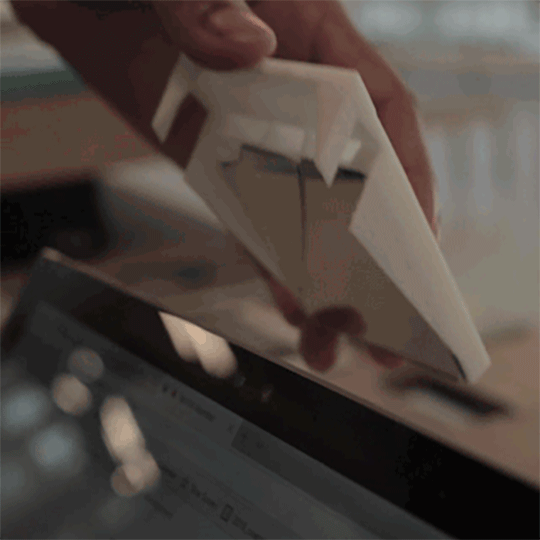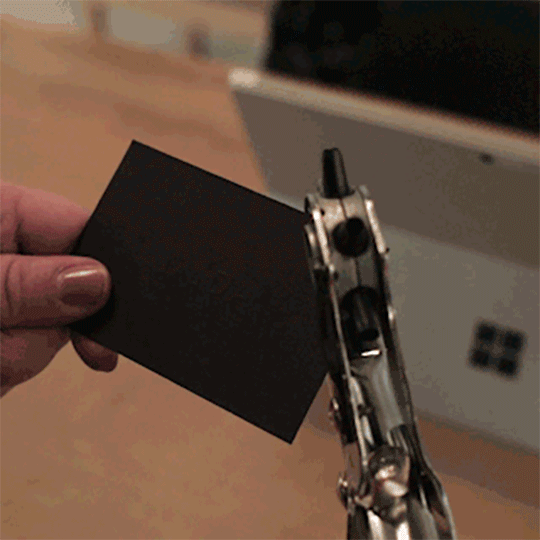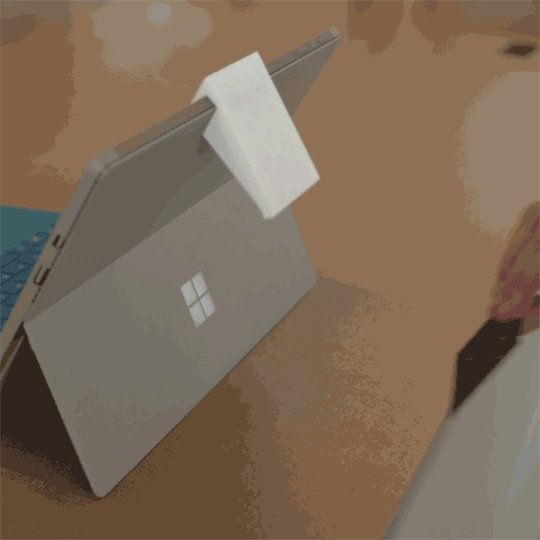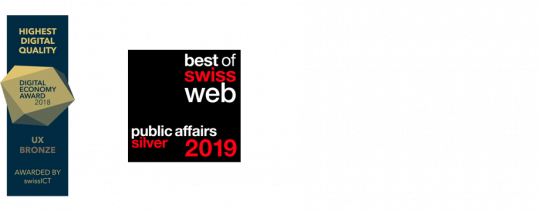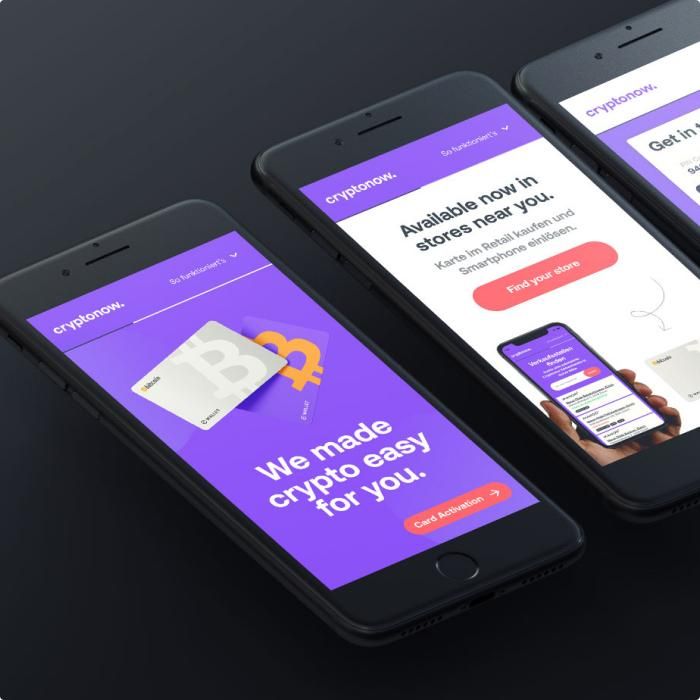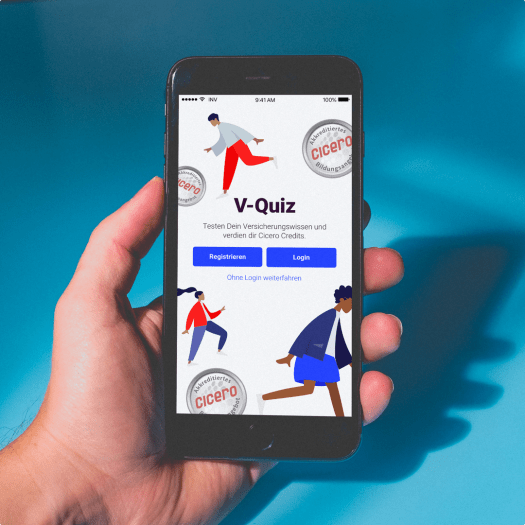MuDA
Customer Experience Design: Improving the customer experience while reducing workload
The Museum of Digital Art (MuDA) is Europe's first physical and virtual museum dedicated to digital art. Seeking to manage the growing number of members and fees whilst also reducing the volume of work, the MuDA opted for a modern digital membership system. We conceived this according to the methodology of customer experience design.
Challenge
Being a non-profit museum, MuDA initially managed its members with simple spreadsheets. The complexity and effort involved in this grew steadily as the number of members increased. Registering visitors on site was cumbersome and time-consuming, too. We therefore had to find a way to better handle visitor fluctuation and reduce workload for the MuDA staff.
How we got there
From spreadsheets to a modern web application
The objective of the new system was to reduce the vast complexity of the data and to automate work processes. The Greenliff project team designed and developed a modern web application for the digital administration and identification of members.
Punch cards reloaded: a tribute to the beginnings of electronic data processing
One goal was to reduce queues by rapid identification of members. In line with visitor feedback, we also wanted to design more personal, “fun” membership cards – creating a relation from the first moment. That’s why we chose punch cards.
"The project was complex and a real challenge. Greenliff had the right mindset of approach and enthusiasm to make it a success." Caroline Hirt, Co-Director of the MuDA
How we did that
3D-print
Firstly, we designed a holder for a 6x6 cm mirror and 3D-printed it. We designed the shape to work with any normal 3D-printer. Then we slid the mirror inside the holder. We used a simple make-up mirror for this.
Snap it on
We attached the holder onto the computer. Our holder is specifically designed for Microsoft's Surface.
Create a physical token
Then we needed to design a physical item that serves as a unique identifier for each member. We went for punch cards, allowing each member to design their very own pattern.
Connect to database
Using visual recognition, we capture those individual patterns and store them into a database, so the algorithm knows when there is a match. In our case, we use Microsoft's cloud computing platform Azure to keep our member's data secure.
What made our customer happy
Reduced workload
Instead of spending one hour each day on spreadsheets and member management, the MuDA can now focus on the most important things: cool exhibitions and individual customer care!
Customer experience design for less waiting time
Fast identification of members reduces queues significantly. At peak times especially, staff can take care of members who have not yet registered.
Unique selling proposition
The combination of analogue punch cards and digital image recognition for member identification is unique. Playful and innovative, it shows MuDA's love for the creative potential of code.
Award-winning project
This unique membership management system has received two awards. At the Digital Economy Award it won bronze in the category "Highest Digital Quality - UX Design". We further received bronze at the Best of Swiss Web in the category "Creation".
